Each year at this time, I long to be outdoors in a garden somewhere. The movement & sound & sparkle of garden fountains mesmerize me. I am hiding in a few of these photos.

The Alnwick Garden, Alnwick, Northumberland, England

Butchart Gardens, Vancover Island, British Columbia, Canada

The Alnwick Garden, Alnwick, Northumberland, England

Buxton Memorial Fountain, Victoria Tower Gardens, Westminster, England

Ammonite Fountain, Covent Garden, London, England
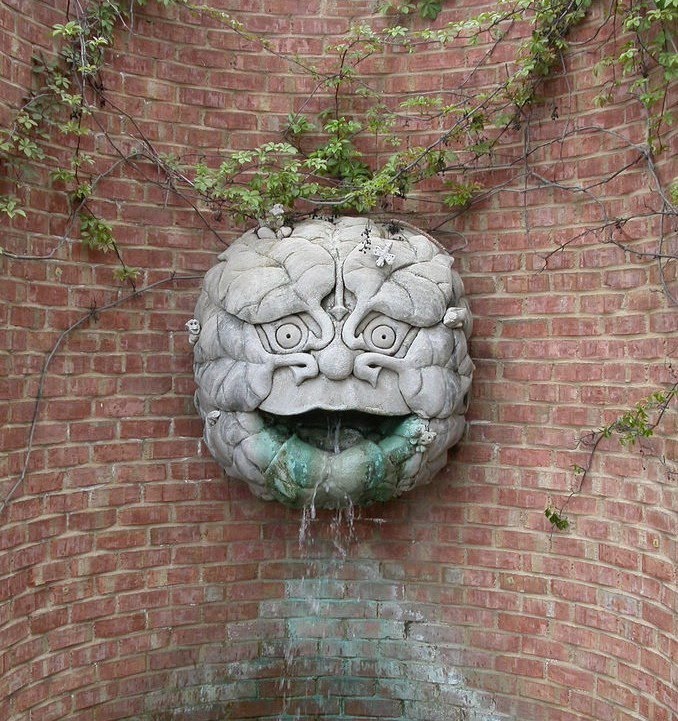
Atlanta Botanical Garden, Georgia
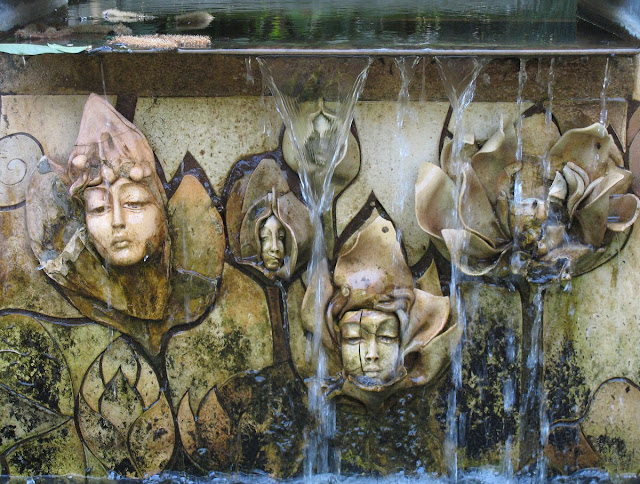
Atlanta Botanical Garden, Georgia
Fountain in the Espace Massena, Nice, Alpes-Maritimes, Provence, France
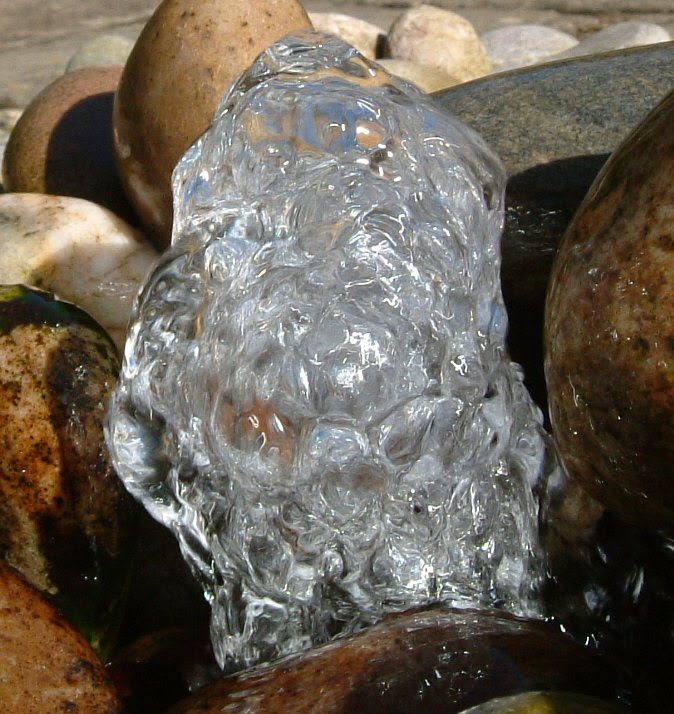
Barnsdale Gardens, Rutland. England

Butchart Gardens, Vancover Island, British Columbia, Canada

Chihuly at Phipps Conservatory and Botanical Gardens, Pittsburg, Pennsylvania
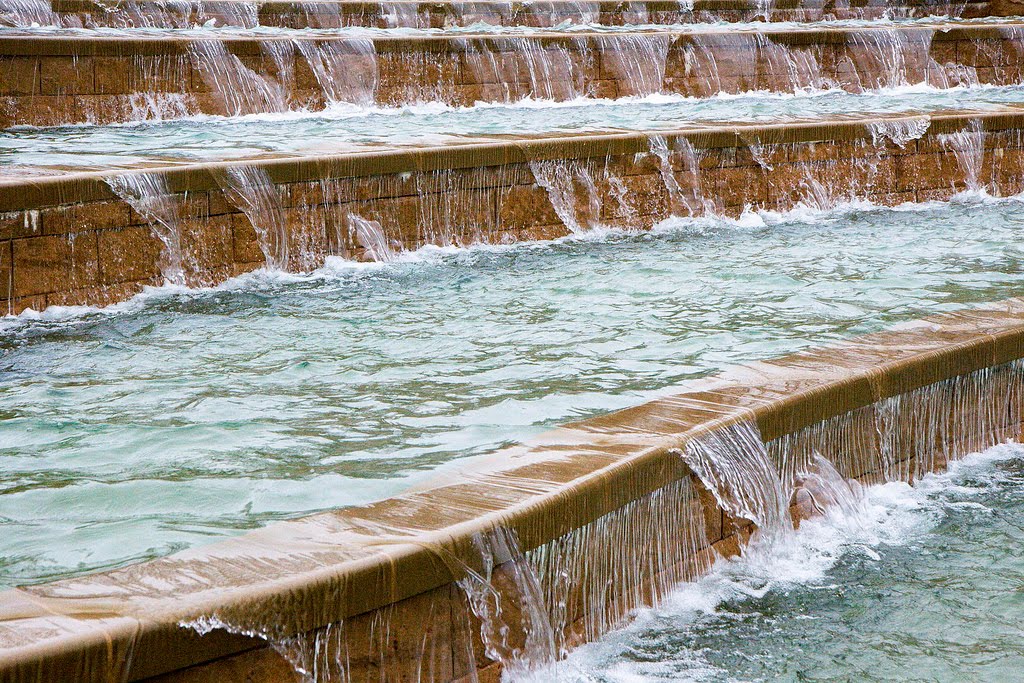
The Alnwick Garden, Alnwick, Northumberland, England
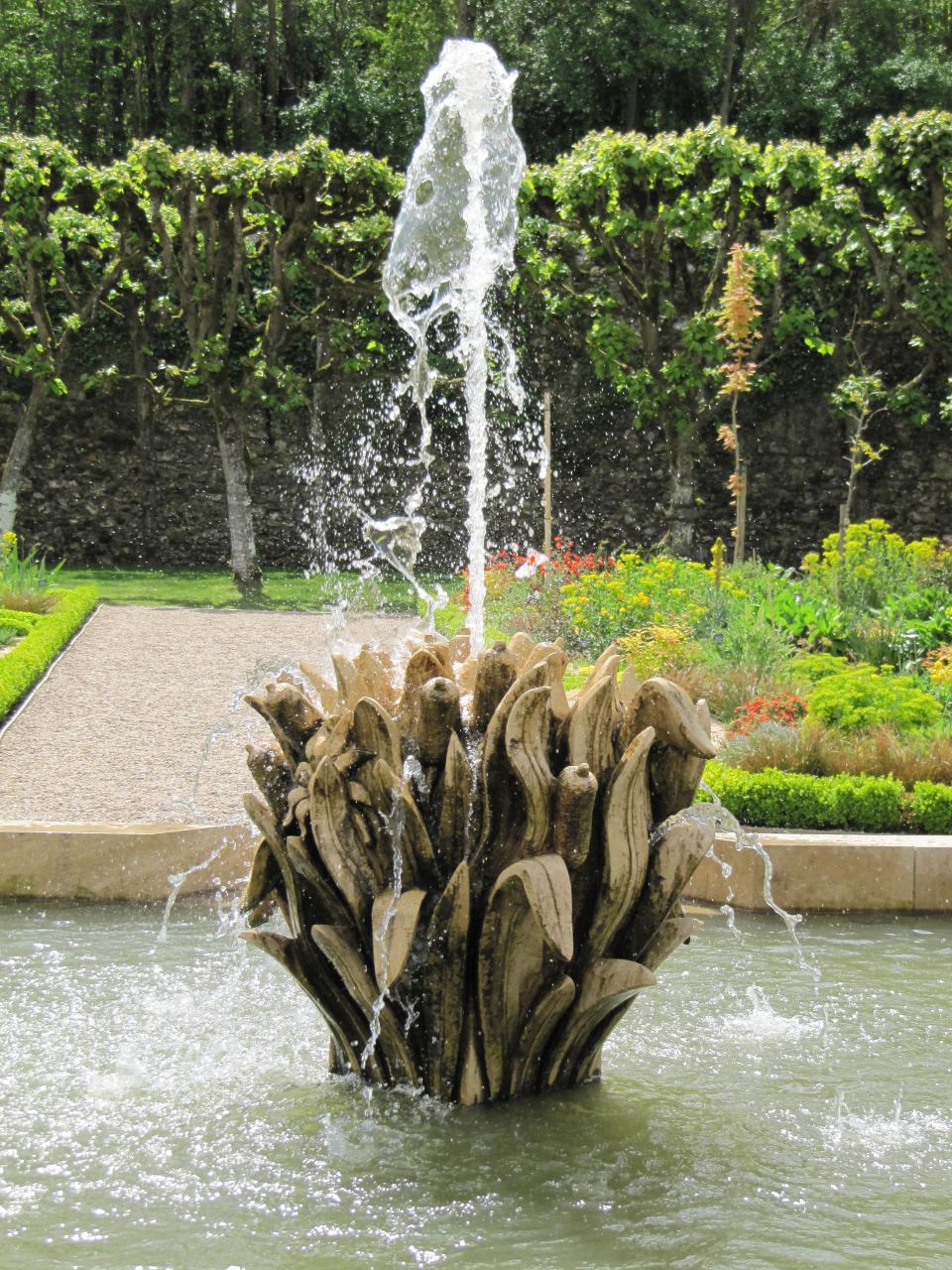
Château de Villandry, Indre-et-Loire, France.

Butchart Gardens, Vancover Island, British Columbia, Canada

Frederick Law Olmsted, Jr.'s, Bishop's Garden at the National Cathedral, Washingto, D. C.
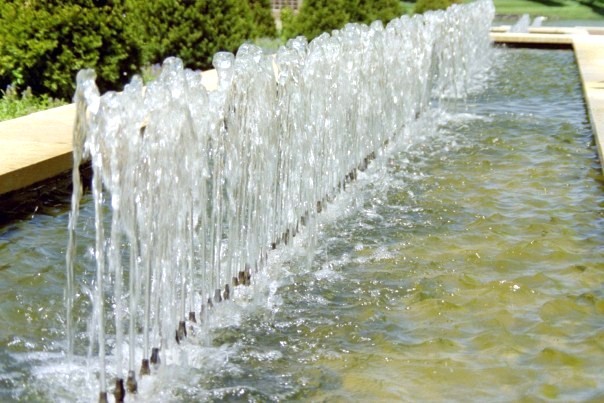
Chicago Botanic Garden, Glencoe, Illinois

Chicago Botanic Garden, Glencoe, Illinois
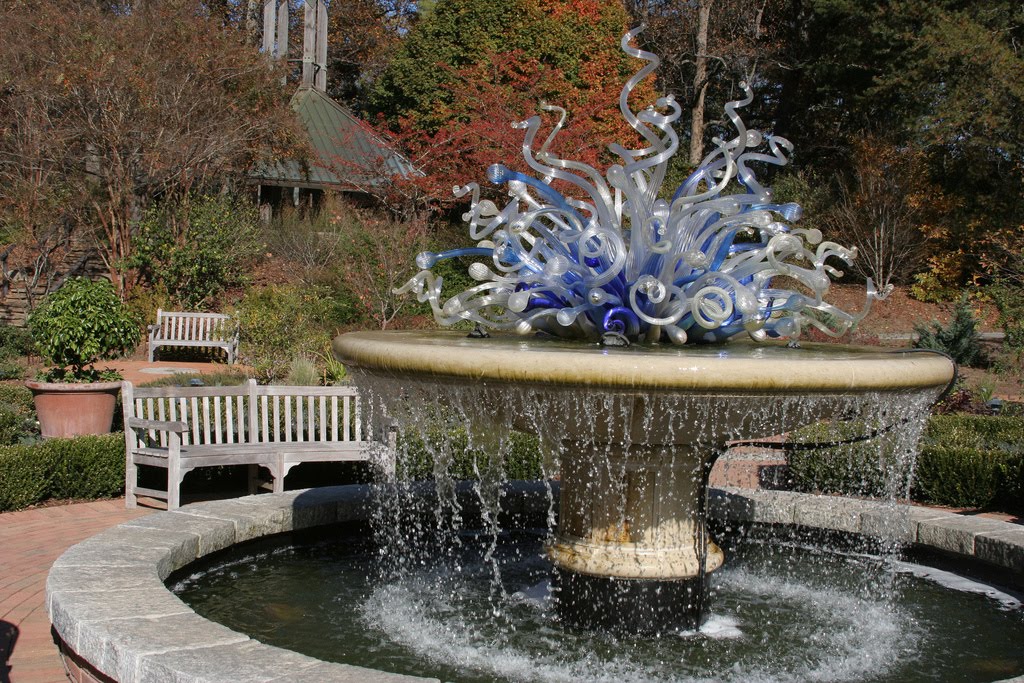
Chihuly Fountain, Atlanta Botanical Garden, Georgia

Cleveland Botanical Gardens
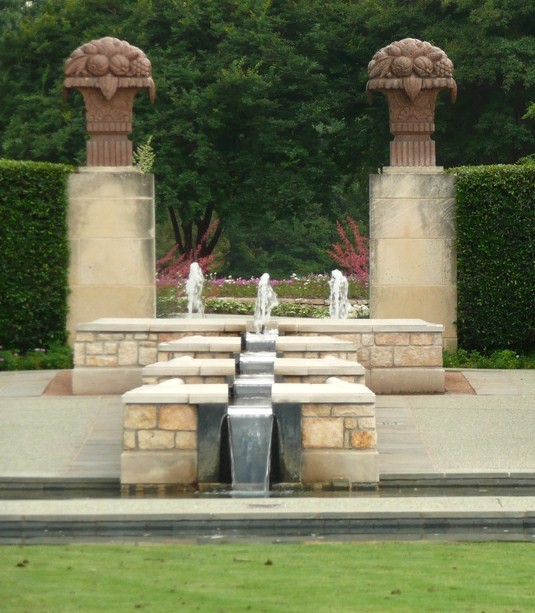
Dallas Arboretum, Texas

Chihuly Fountain, Atlanta Botanical Garden, Georgia
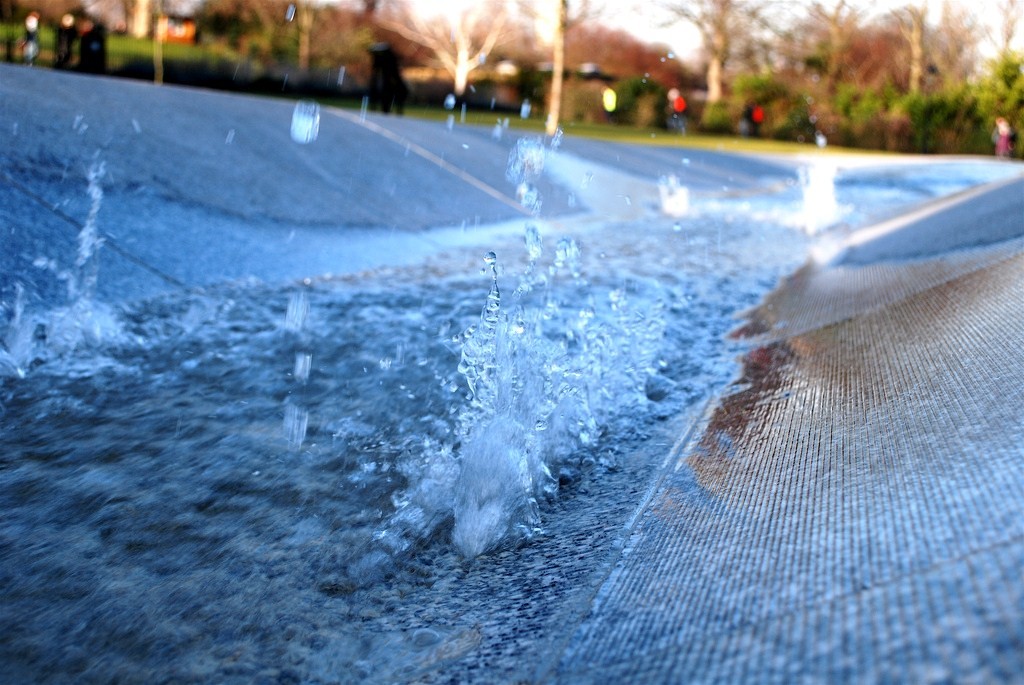
Diana, Princess of Wales Memorial Fountain, Kensington Gardens, London, England

East Garden, Getty Villa, Malibu, California
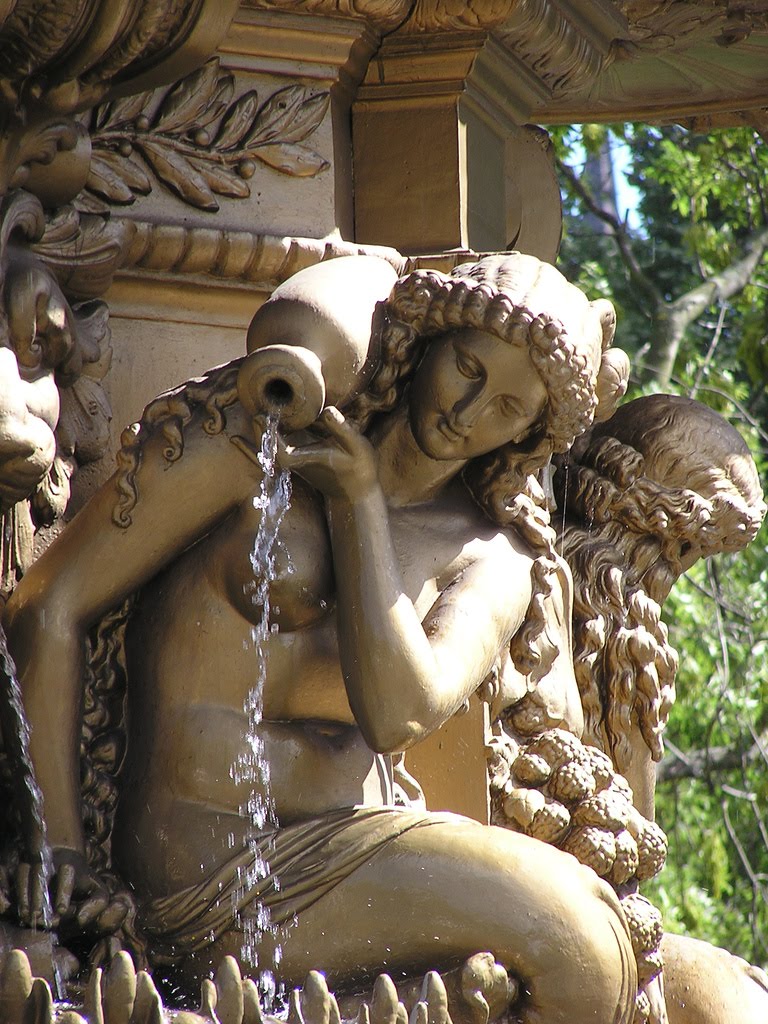
Edinburgh Castle in Princes Street Gardens, Scotland
Fountain in the Espace Massena, Nice, Alpes-Maritimes, Provence, France
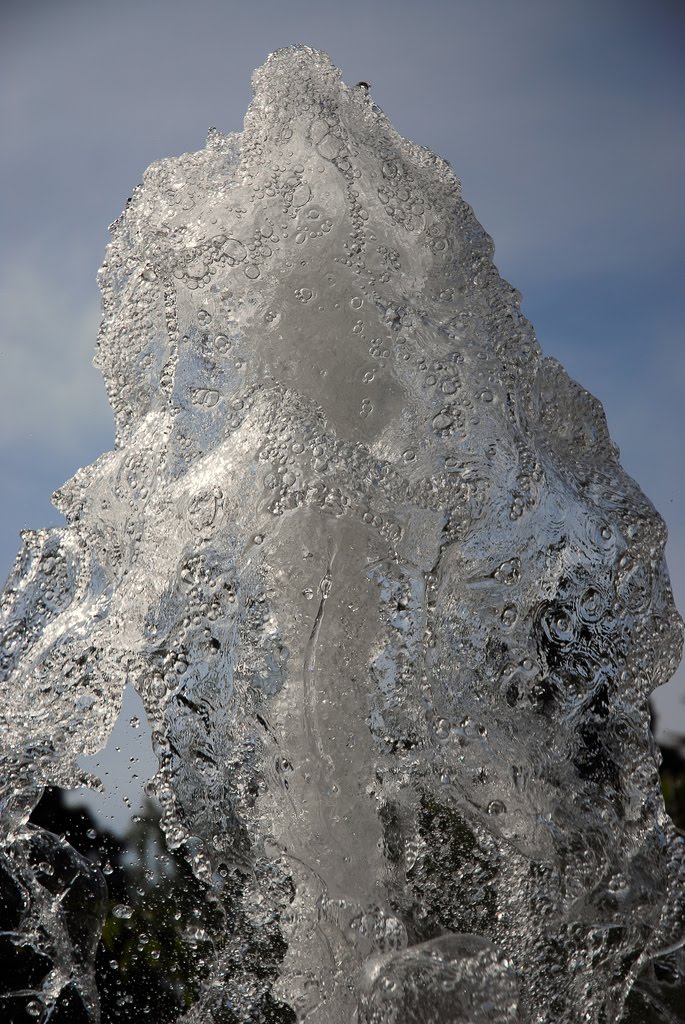
Linderhof Palace Germany of Bavaria’s last ruling monarch, King Ludwig II
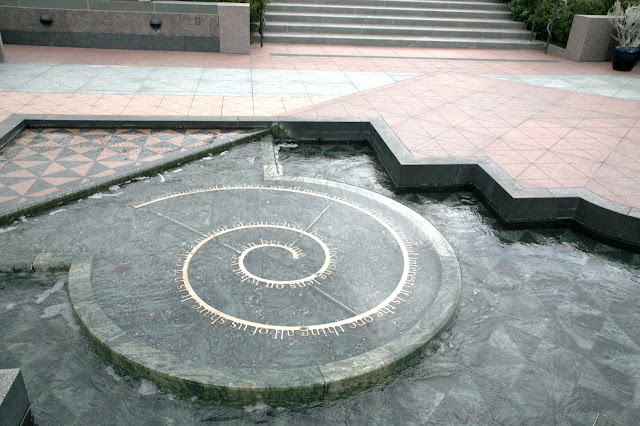
First Lady’s Water Garden, U. S. Botanic Garden, Washington D.C.
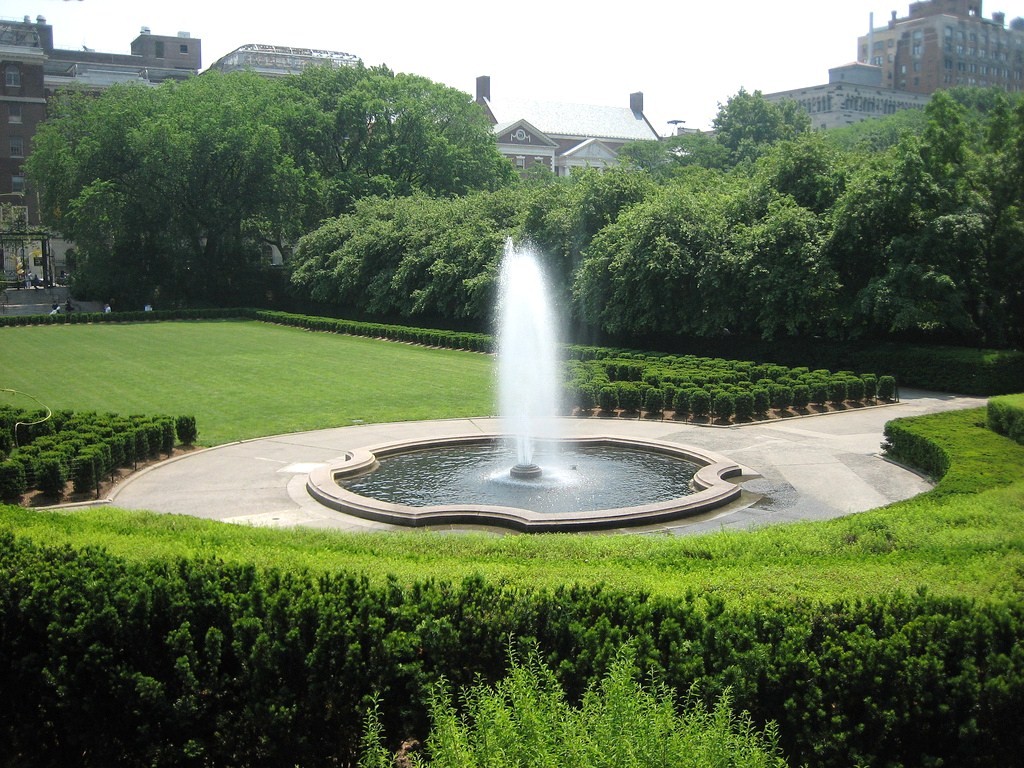
Fountain in the Central Garden of the Conservatory Gardens, Central Park, NYC
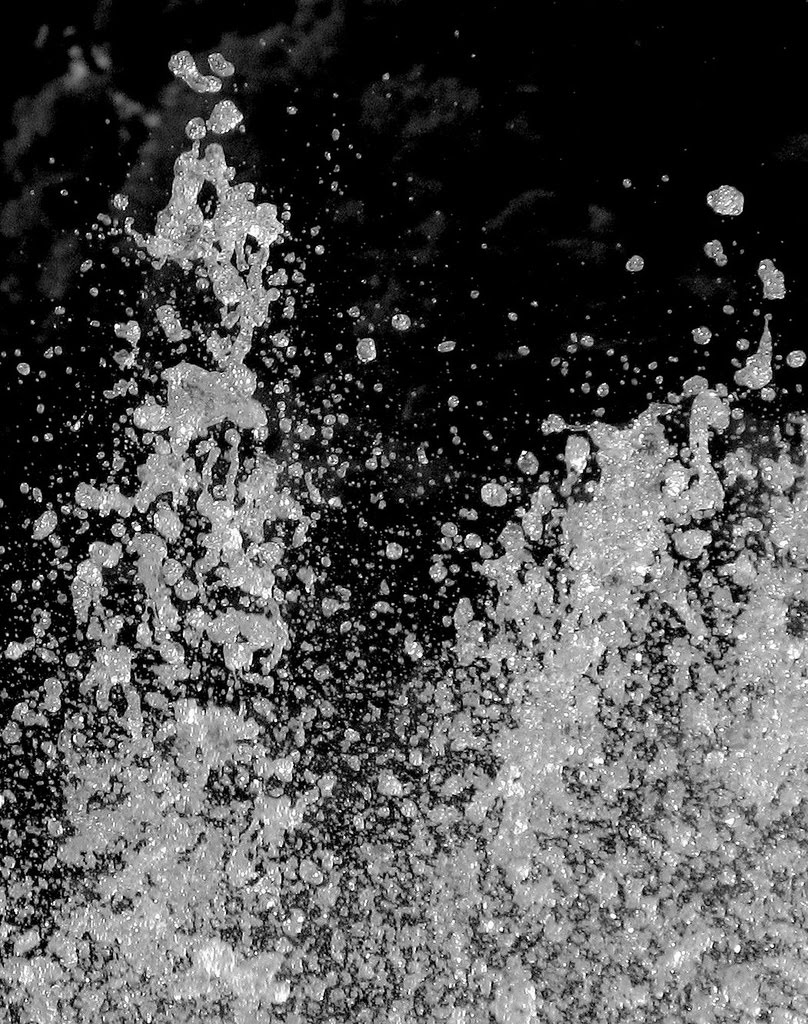
Neptune Fountain at Linderhof Palace Germany of Bavaria’s last ruling monarch, King Ludwig II

Downtown Fort Worth, Texas

Neptune Fountain at Linderhof Palace Germany of Bavaria’s last ruling monarch, King Ludwig II
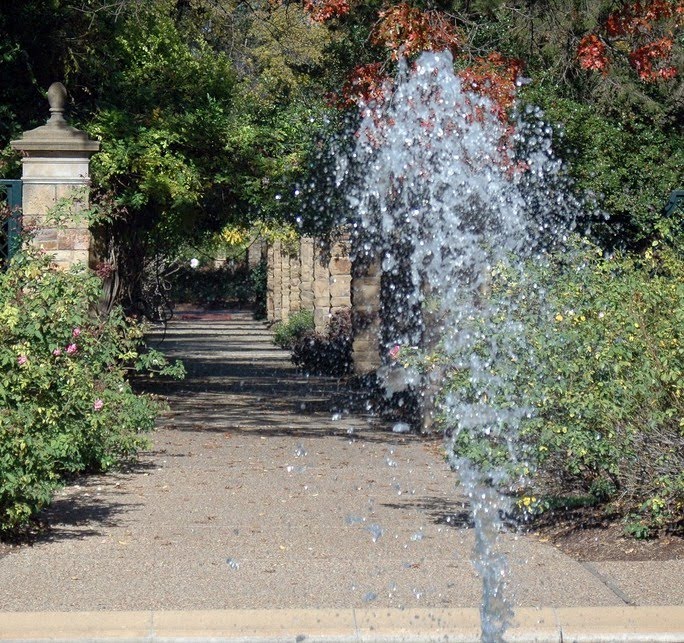
Fort Worth Botanic Garden, Texas
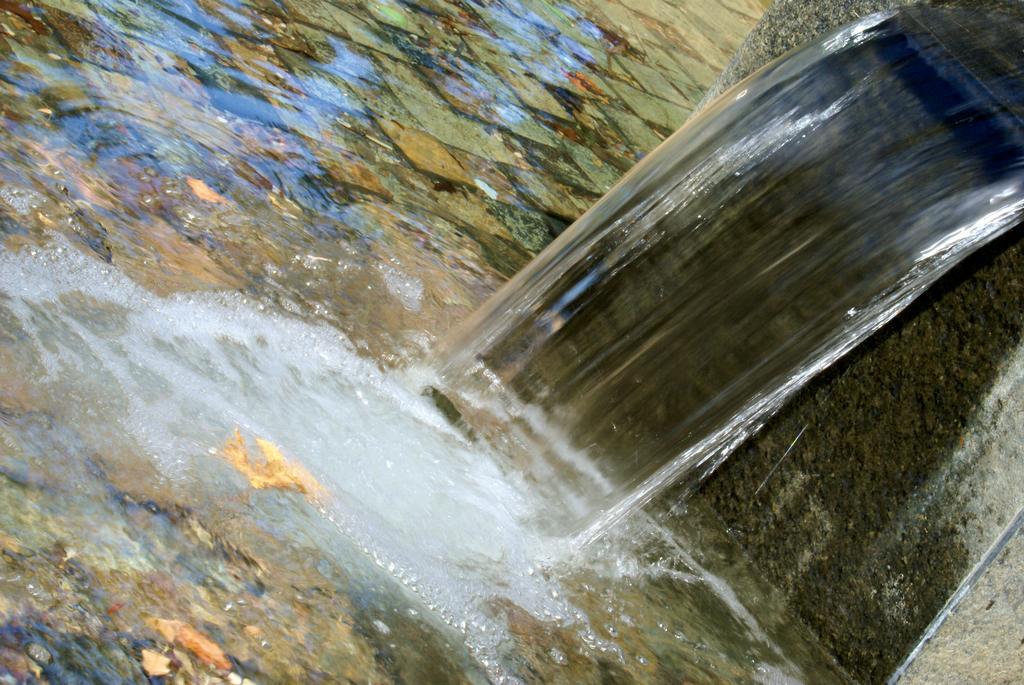

Fountain of Apollo, The Run of the Sun, Versailles, France
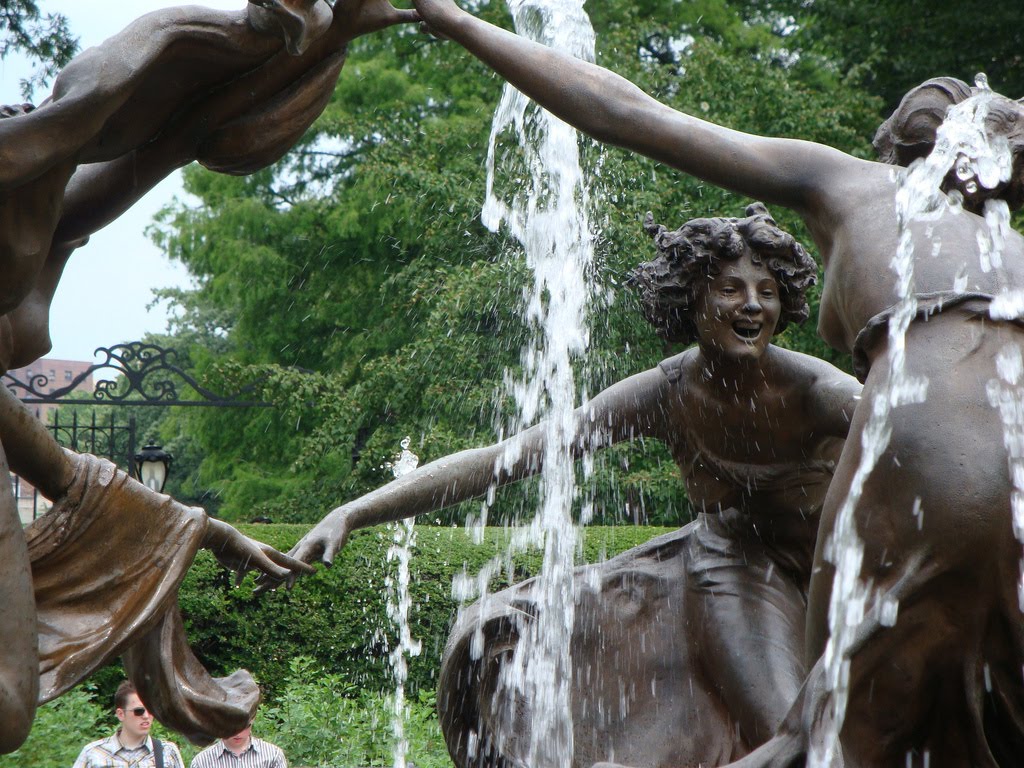
French Garden's Untermyer Fountain of Three Dancing Maidens, Central Park Conservatory Gardens, NYC
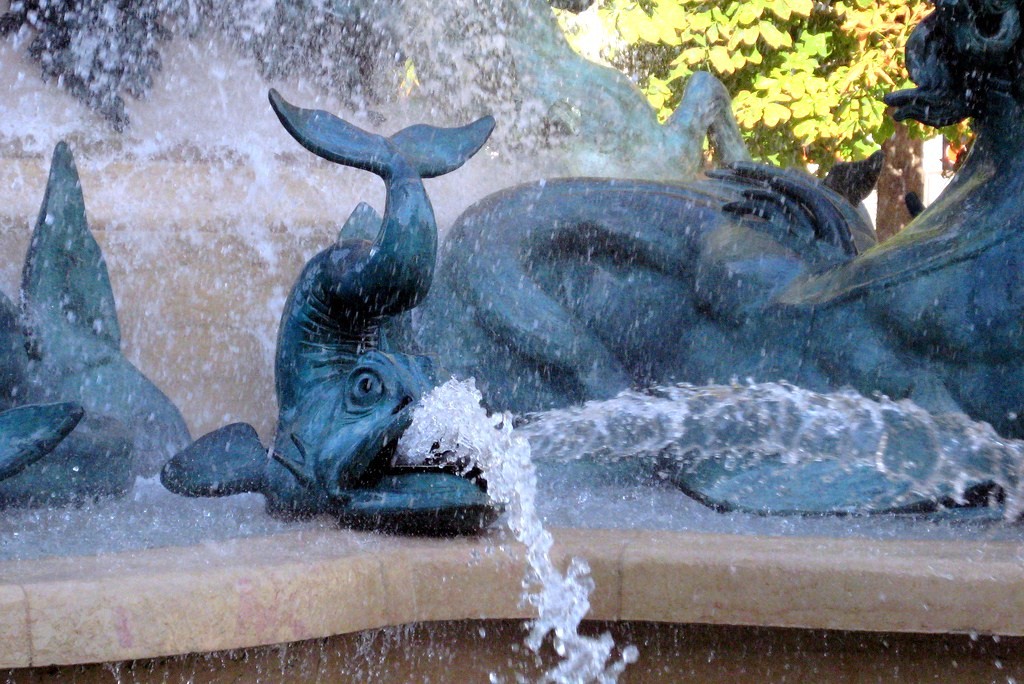.+Paris..jpg)
Garden Marco Polo, near the Place Camille-Jullian, Fontaine des Quatre Parties du Monde (Fountain of the Four Parts of the World). Paris, France.
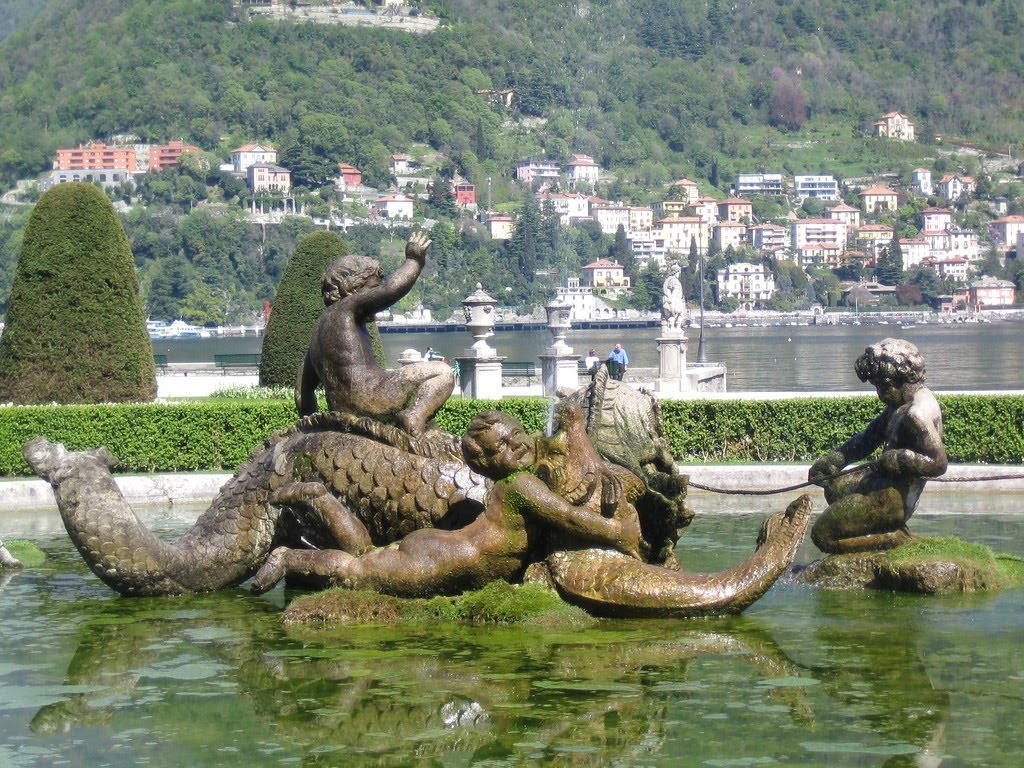
Garden of Villa Olmo on Como Lake, Italy
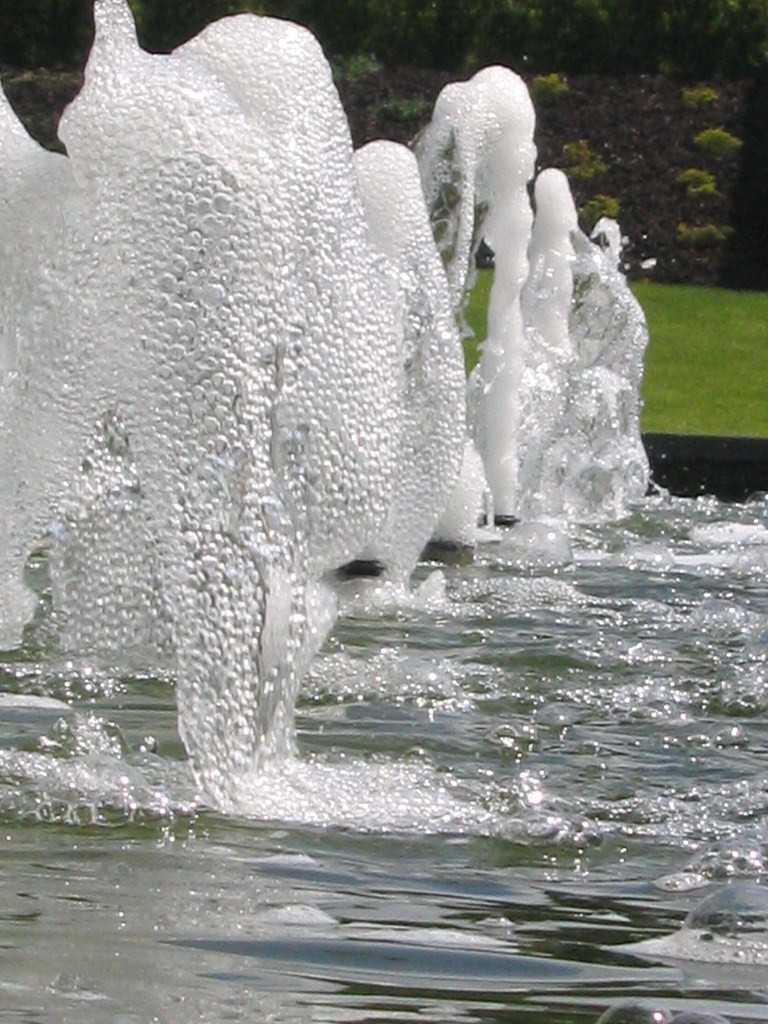

Hellbrunn Castle, Salzburg, Austria
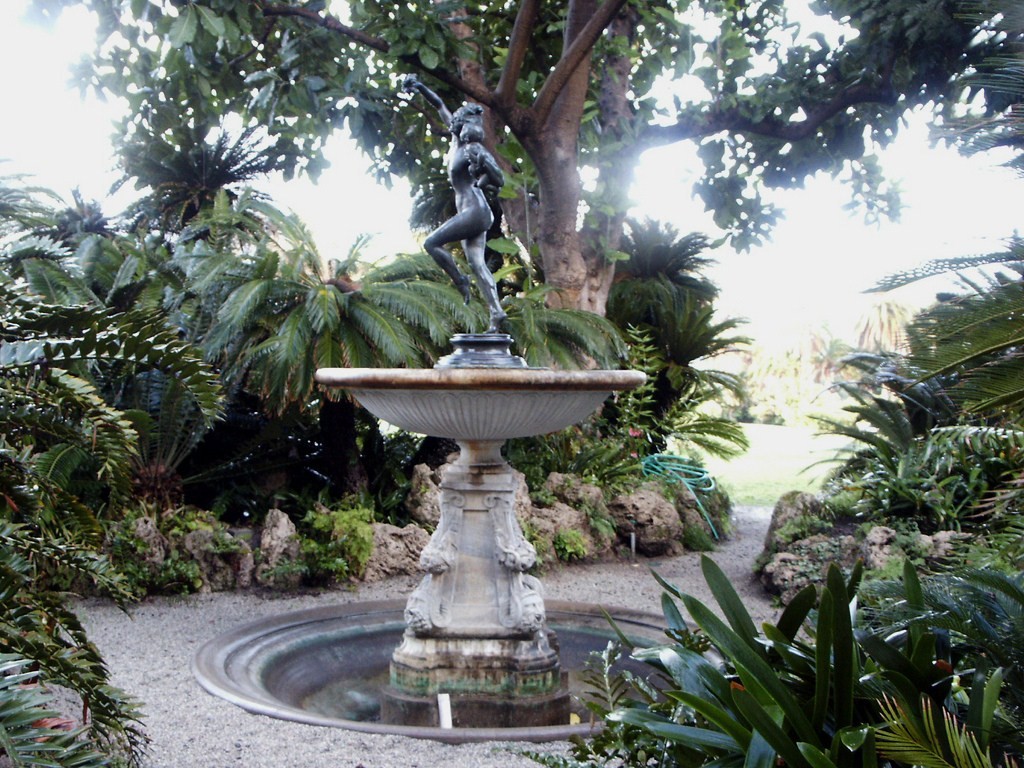
Huntington Library Museum Entry Garden, California
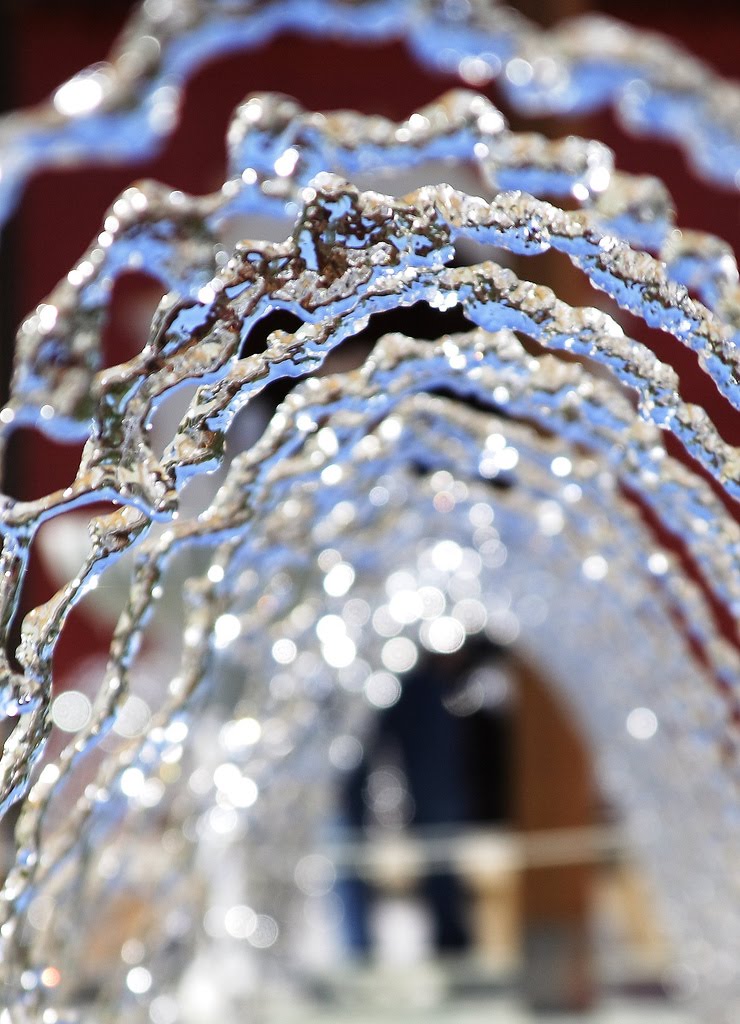
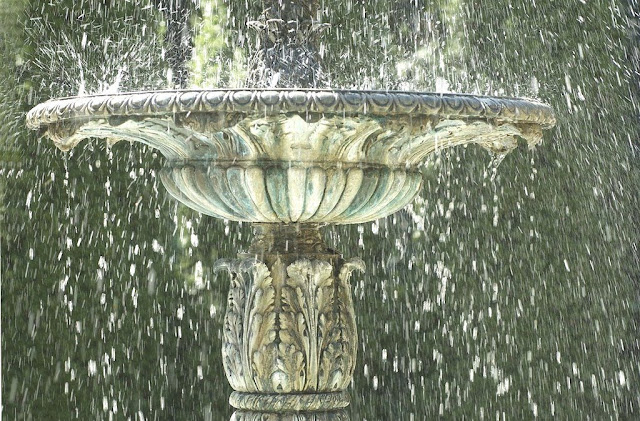
Indianapolis Museum of Art, Indiana
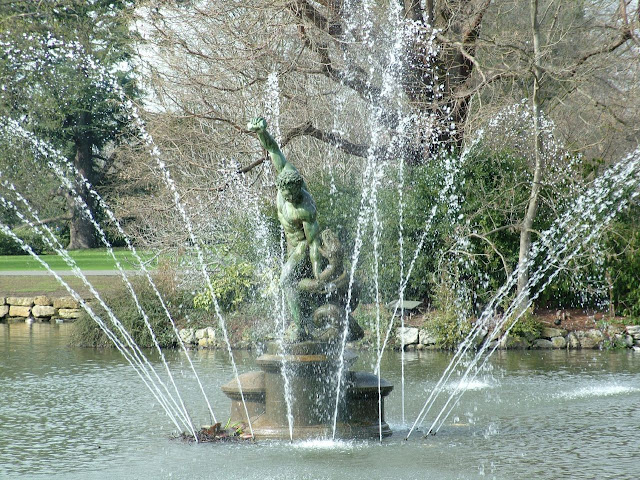
Kew Gardens, Richmond, England

Longwood Gardens, Pennsylvania
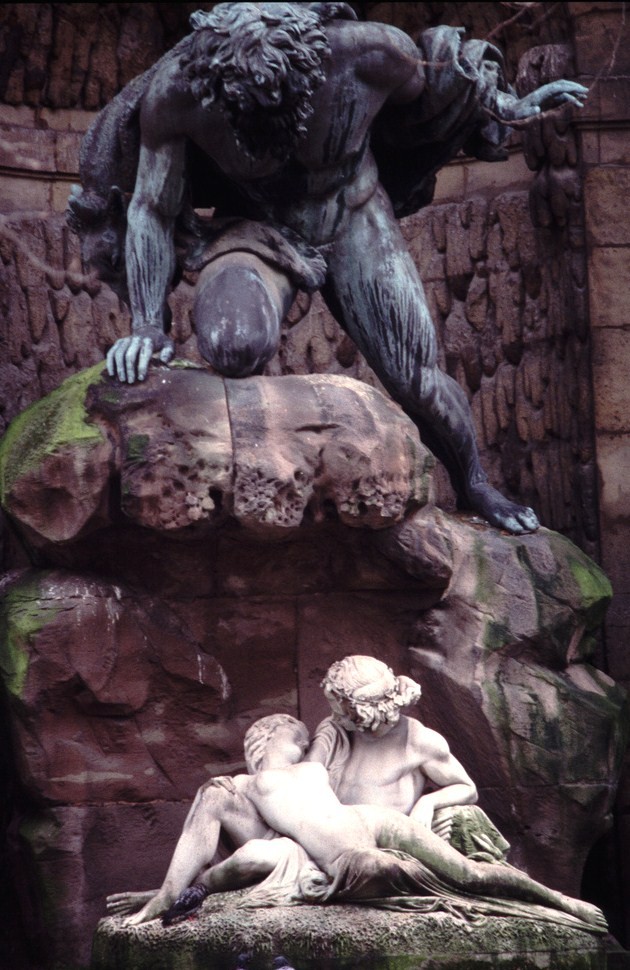
Medici Fountain in the Luxembourg Gardens, Paris, France

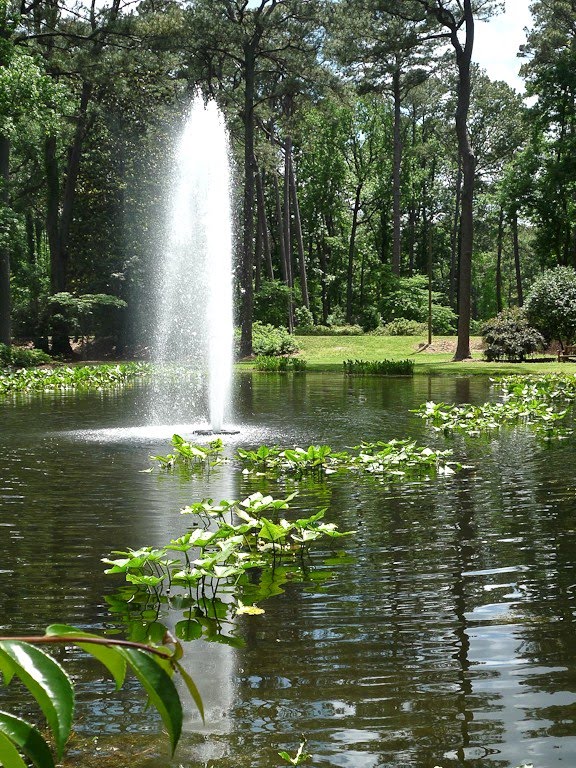
Norfolk Botanical Gardens, Virginia
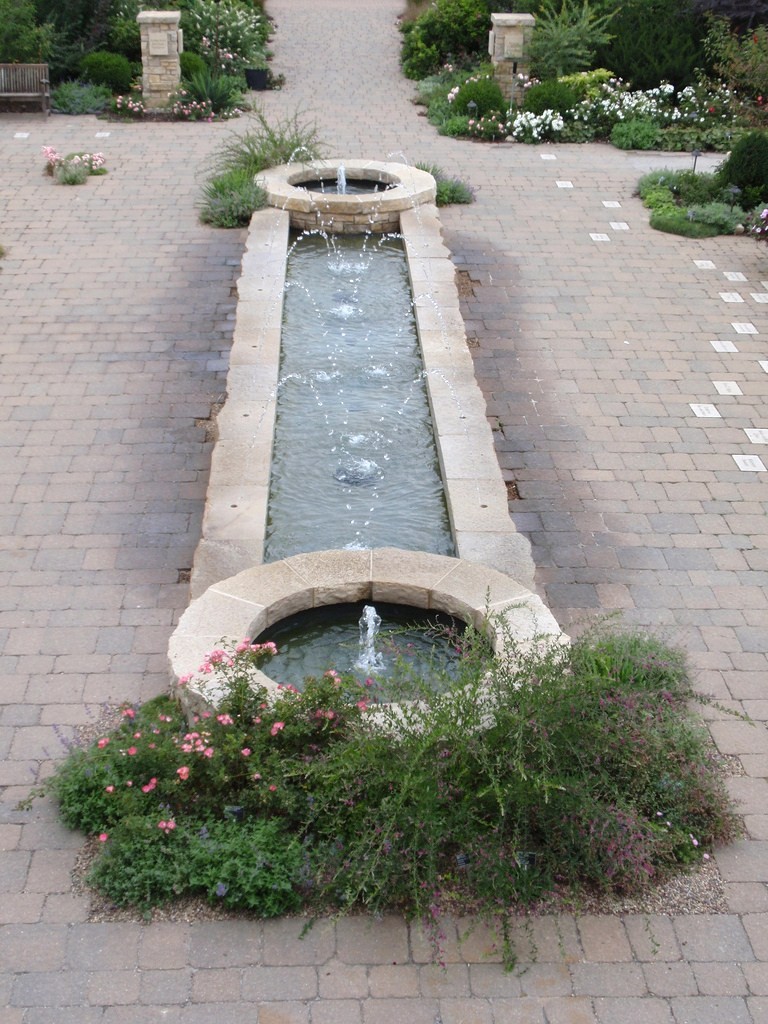
Olbrich Botanical Gardens, Madison, Wisconsin


Peace Gardens, Sheffield, England

Petergof - Lower Gardens, St. Petersburg, Russia
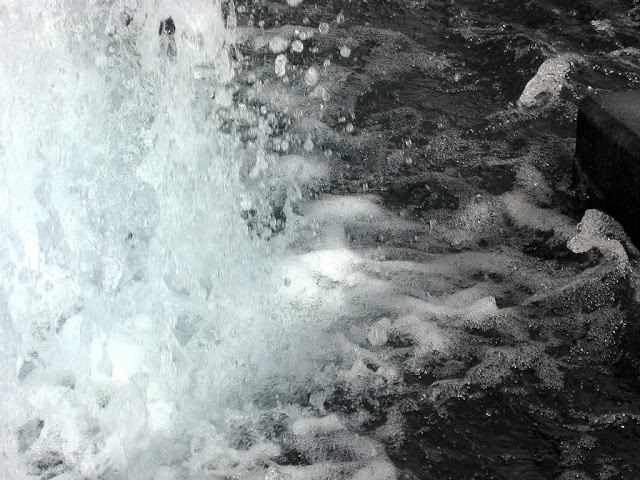
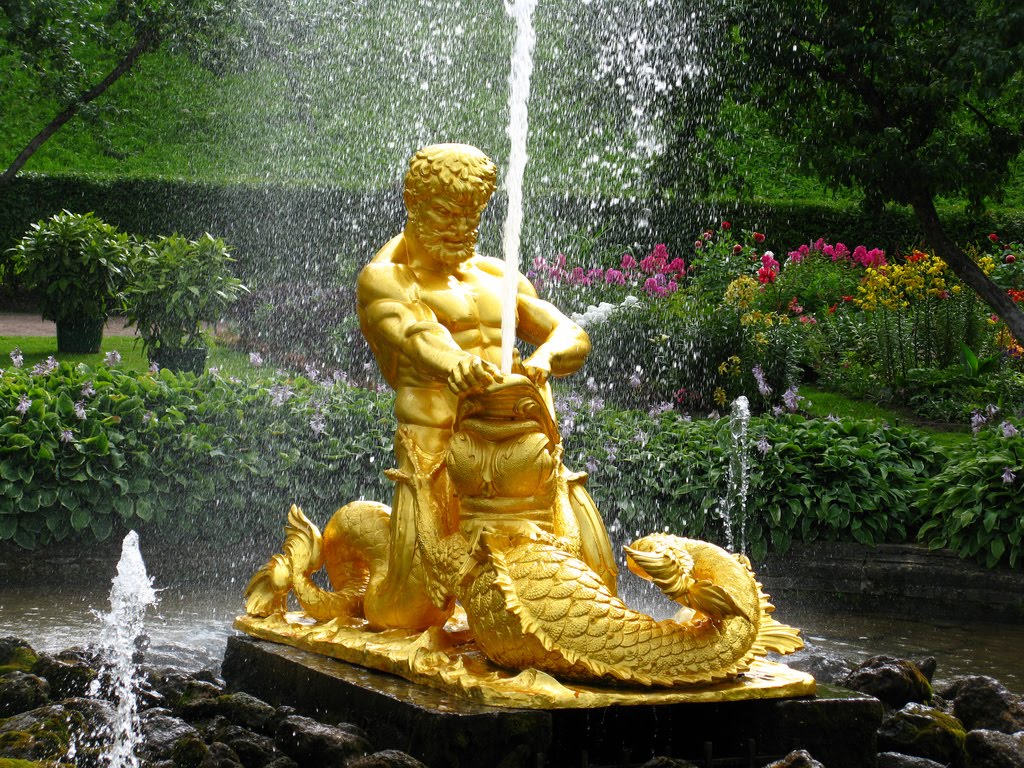
Petergof - Lower Gardens, St. Petersburg, Russia
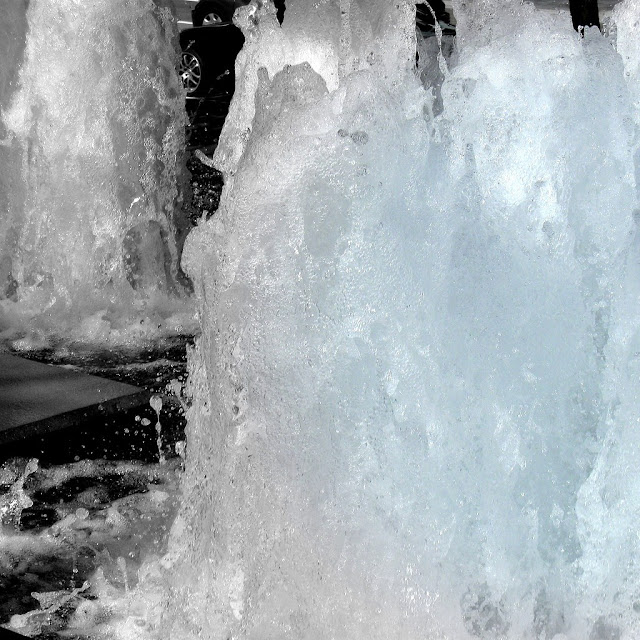

Petergof - Upper Gardens fountain, St Petersburg, Russia

P'tit Luxembourg Fountain, Paris, France

South Garden fountain, Hampton Court, Herefordshire, England

Villa d'Este, Tivoli, (Rome) Italy

Daniel Stowe Botanical Garden, Belmont, North Carolina

South Garden fountain, Hampton Court, Herefordshire, England

Sunken Garden Fountain - Bouchard Gardens, Vancouver Island, British Columbia, Canada
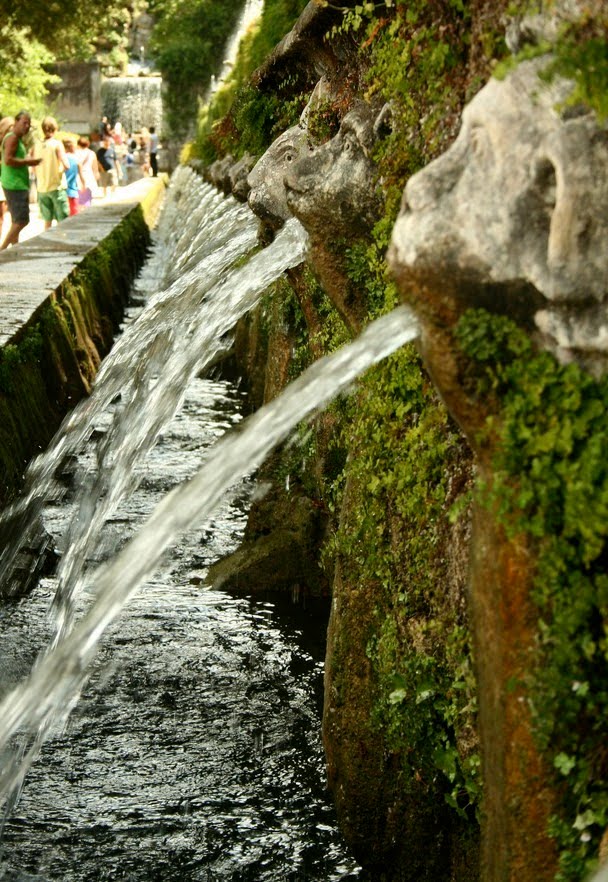
Villa d'Este, Tivoli, (Rome) Italy
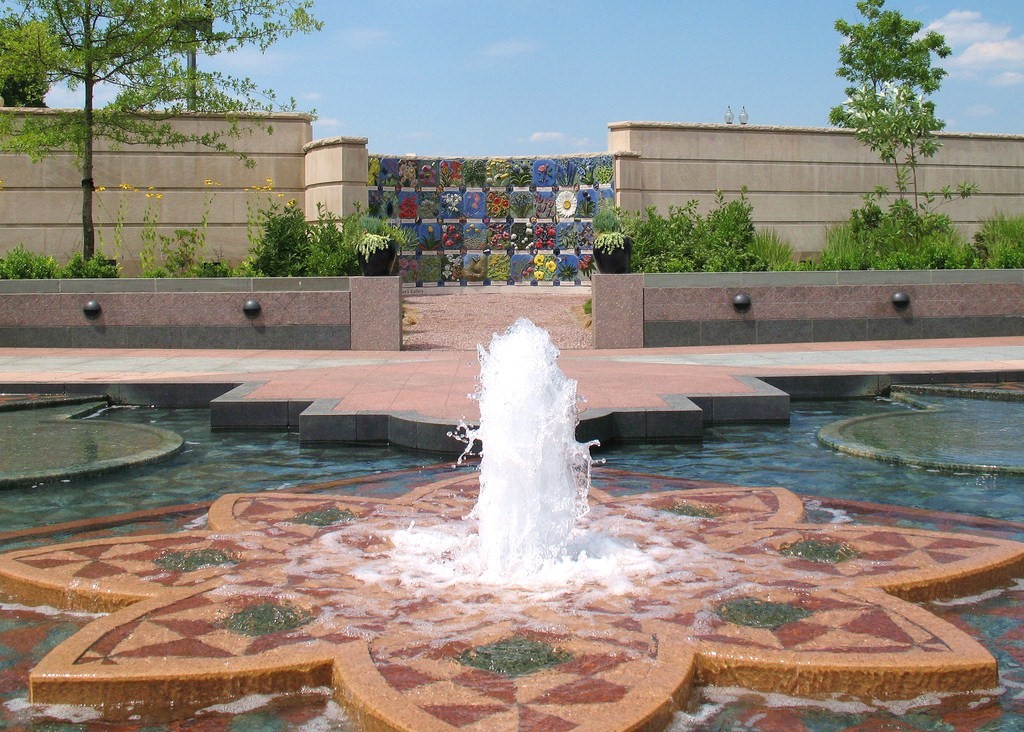
US Botanic Garden, Washington DC

Vizcaya Museum and Gardens, Miami, Florida

Villa d'Este, Tivoli, (Rome) Italy

Villa Antoine, France
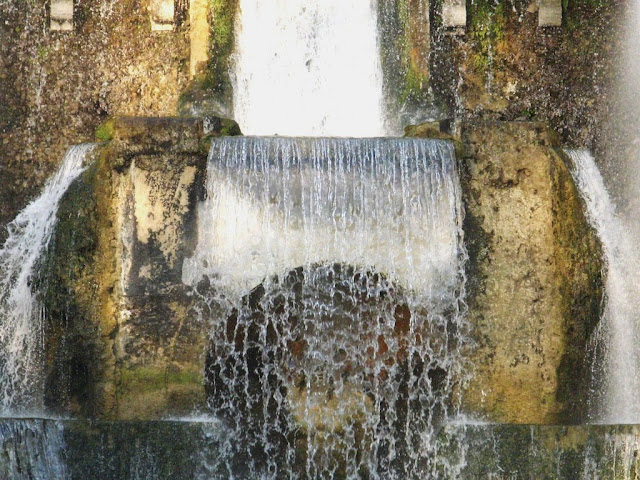
Villa d'Este, Tivoli, (Rome) Italy.
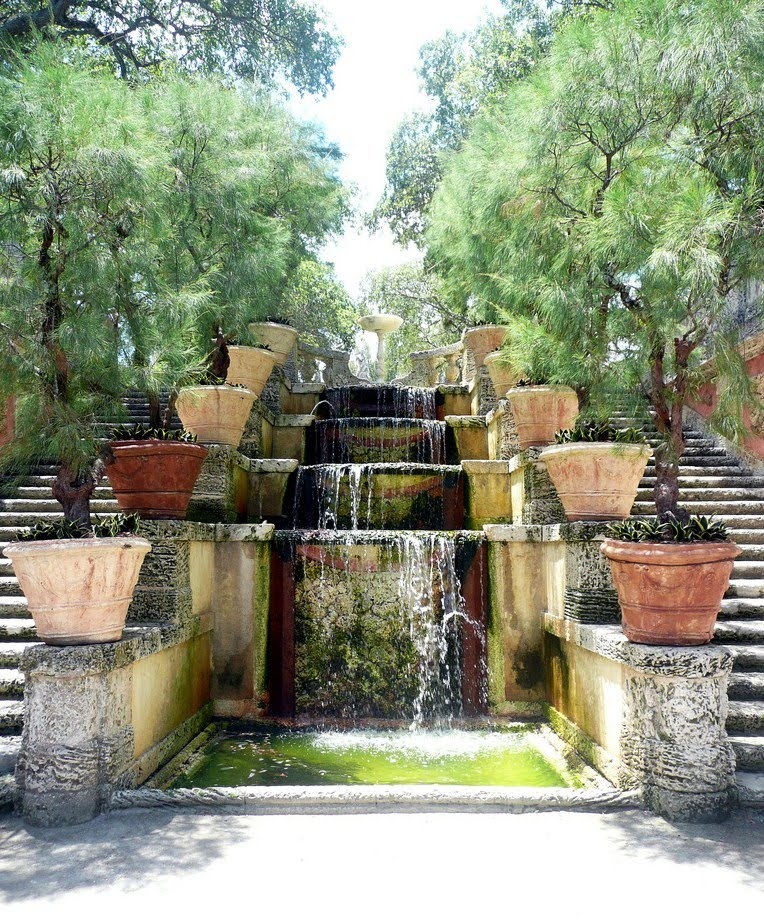
Vizcaya Museum and Gardens, Miami, Florida
Walk of a Thousand Fountains, Villa de Este, Tivolia, Italy
 Down House, Home of Charles Darwin, South East, Kent, England
Down House, Home of Charles Darwin, South East, Kent, England Calke Abbey. Ticknall, Derby, Derbyshire, England
Calke Abbey. Ticknall, Derby, Derbyshire, England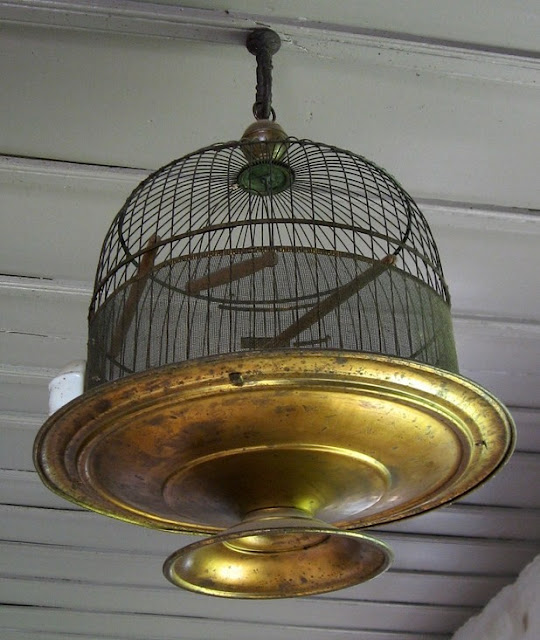

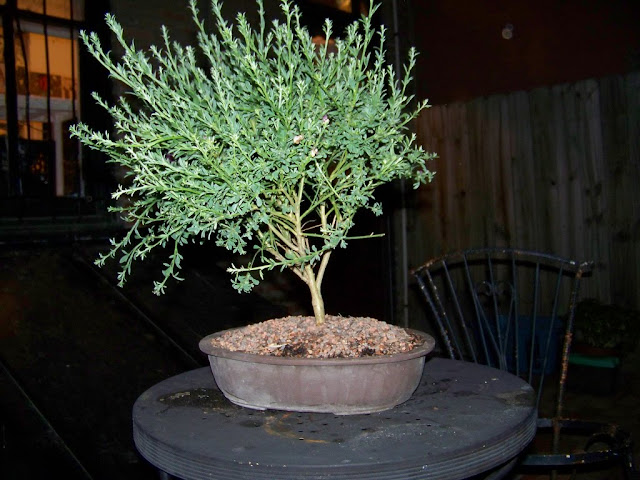
 Beningborough Hall, North Yorkshire, England
Beningborough Hall, North Yorkshire, England Blenheim Palace, Woodstock, Oxfordshire, England
Blenheim Palace, Woodstock, Oxfordshire, England


 Down House, Home of Charles Darwin, South East, Kent, England
Down House, Home of Charles Darwin, South East, Kent, England Exbury Gardens, Southampton, Hampshire, England
Exbury Gardens, Southampton, Hampshire, England Royal Horticultural Society Harlow Carr Botanical Gardens, Harrogate, North Yorkshire, England
Royal Horticultural Society Harlow Carr Botanical Gardens, Harrogate, North Yorkshire, England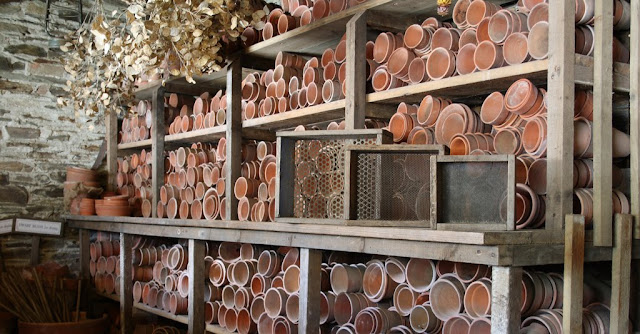 Lost Gardens of Heligan, South West, Cornwall, England
Lost Gardens of Heligan, South West, Cornwall, England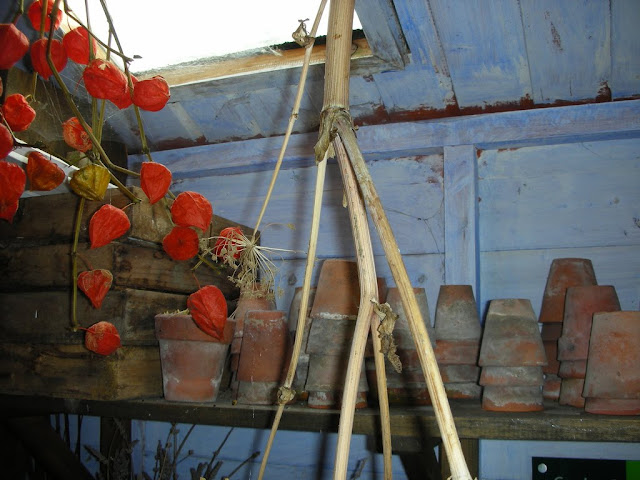 Royal Horticultural Society Harlow Carr Botanical Gardens, Harrogate, North Yorkshire, England
Royal Horticultural Society Harlow Carr Botanical Gardens, Harrogate, North Yorkshire, England Lost Gardens of Heligan, South West, Cornwall, England
Lost Gardens of Heligan, South West, Cornwall, England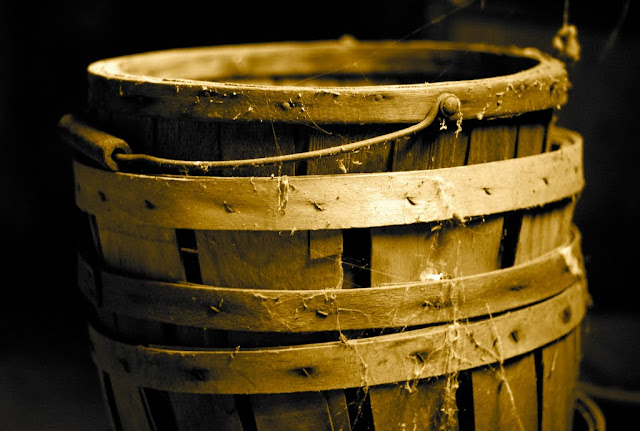
 Lost Gardens of Heligan, South West, Cornwall, England
Lost Gardens of Heligan, South West, Cornwall, England Royal Horticultural Society Harlow Carr Botanical Gardens, Harrogate, North Yorkshire, England
Royal Horticultural Society Harlow Carr Botanical Gardens, Harrogate, North Yorkshire, England
 Royal Horticultural Society Harlow Carr Botanical Gardens, Harrogate, North Yorkshire, England
Royal Horticultural Society Harlow Carr Botanical Gardens, Harrogate, North Yorkshire, England













 Terre cotta rhubarb pots at Knightshayes Garden, Tiverton, Devon, England
Terre cotta rhubarb pots at Knightshayes Garden, Tiverton, Devon, England Barnsdale Gardens, Exton, Oakham, Rutland, England.
Barnsdale Gardens, Exton, Oakham, Rutland, England.
 Audley End Kitchen Garden, English Heritage, Essex, England
Audley End Kitchen Garden, English Heritage, Essex, England









.jpg)






















.jpg)







.+Paris..jpg)
































